The Year in Photos 2021
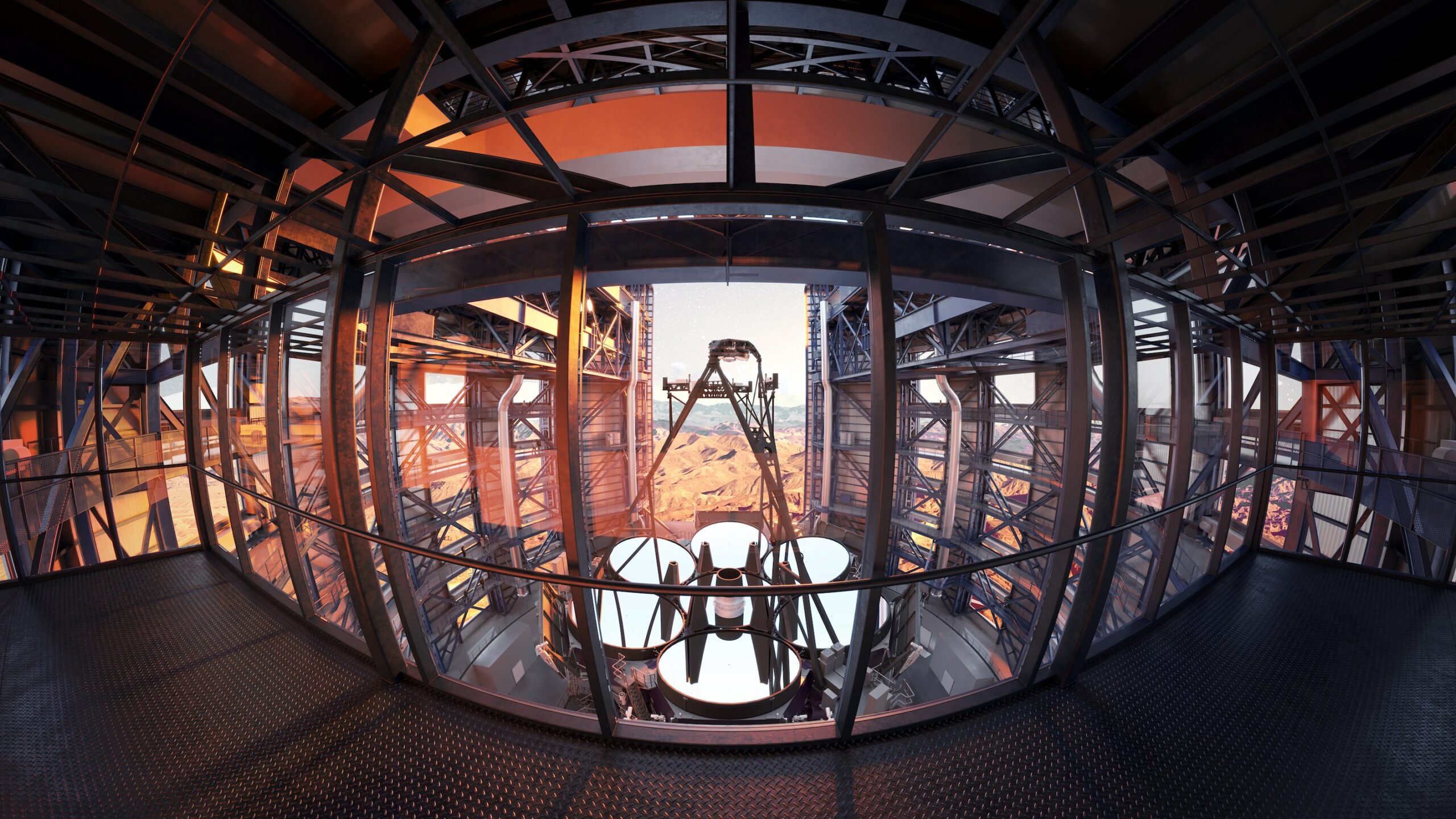
The year 2021 opened with progress for the Giant Magellan Telescope. Construction continued in Chile on Las Campanas Peak, key technologies were prototyped and tested, the sixth primary mirror was successfully cast, a new Founder joined the international consortium, and the United States astronomical community ranked the telescope as the top frontier project for ground-based observatories over the next decade.
This is our story of 2021 told visually.
January
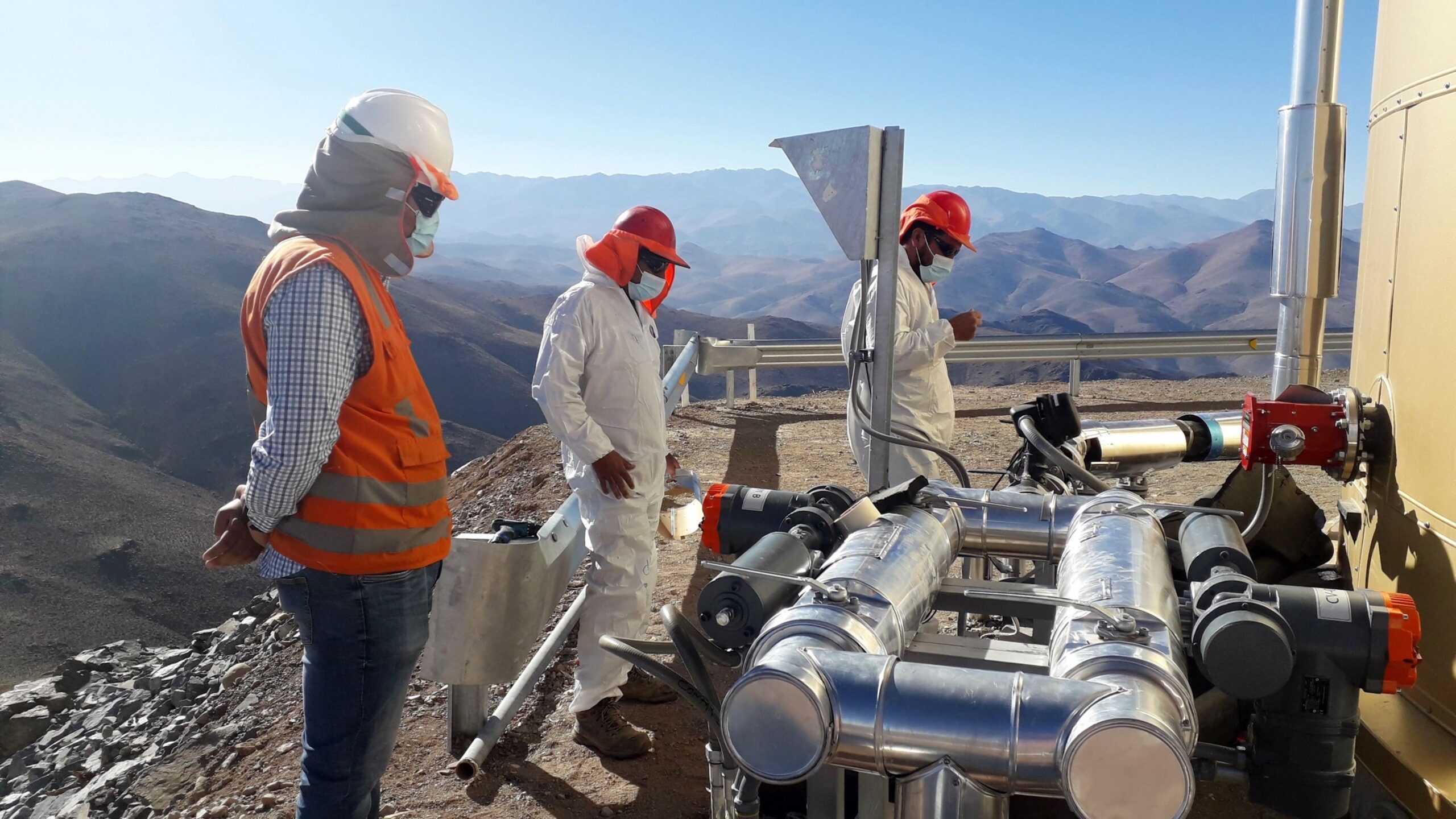
Following health and safety regulations, workers returned to the Giant Magellan Telescope construction site at Las Campanas Observatory in Chile. During March 2020, the pandemic halted site construction progress. Now, at 20% occupancy, work resumed on the water and utility infrastructure.
February
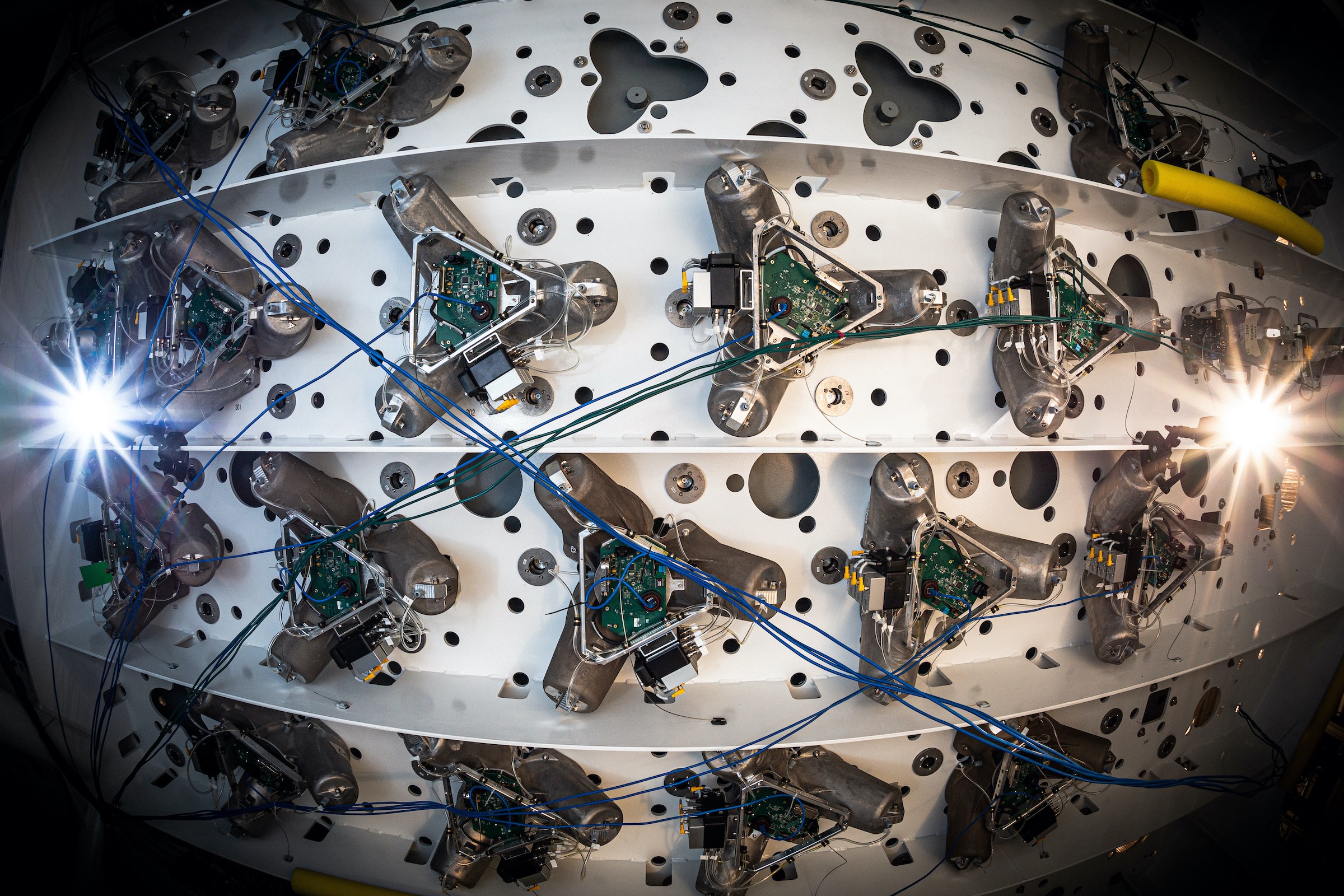
Shown from underneath one of the Giant Magellan Telescope’s primary mirror cells (the large structure that supports the giant 8.4-meter mirrors), three-legged devices known as triple actuators were installed for testing. The actuators will correct for gravity and thermal deformations when the telescope is in operation and are part of the primary mirror active optics system.
March
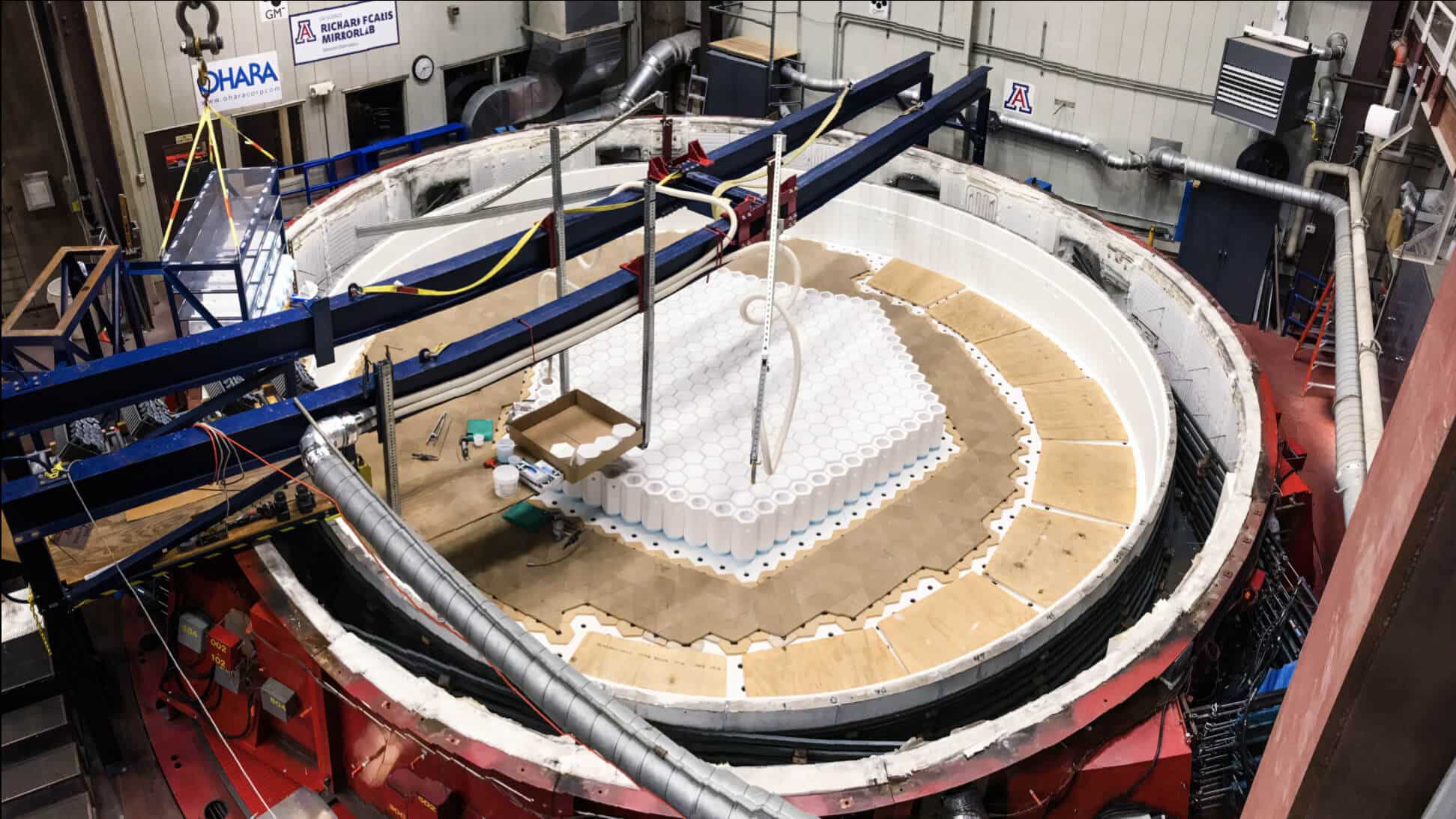
Marking a major step towards completion of the Giant Magellan Telescope, the sixth of seven of the world’s largest monolithic mirrors was cast. The 8.4-meter mirror — about two stories high when standing on edge — was fabricated at the University of Arizona’s Richard F. Caris Mirror Lab and will take nearly four years to complete.
April

Ingersoll Machine Tools hosted a major ground breaking event to mark the start of construction of a 40,000 square foot facility in Rockford, Illinois. The facility will be used to manufacture, assemble, and test the Giant Magellan Telescope mount before it is shipped to Chile. Along with our president Robert Shelton, distinguished speakers at the event included Congressman Adam Kinzinger, Congresswoman Cheri Bustos, and Rockford Mayor Tom McNamara.
May

Another breathtaking sunrise over the Giant Magellan Telescope site on Las Campanas Peak at Las Campanas Observatory, one of the highest and driest regions on Earth. With an altitude of over 8,500 feet, the location offers key advantages for seeing through the atmosphere.
June
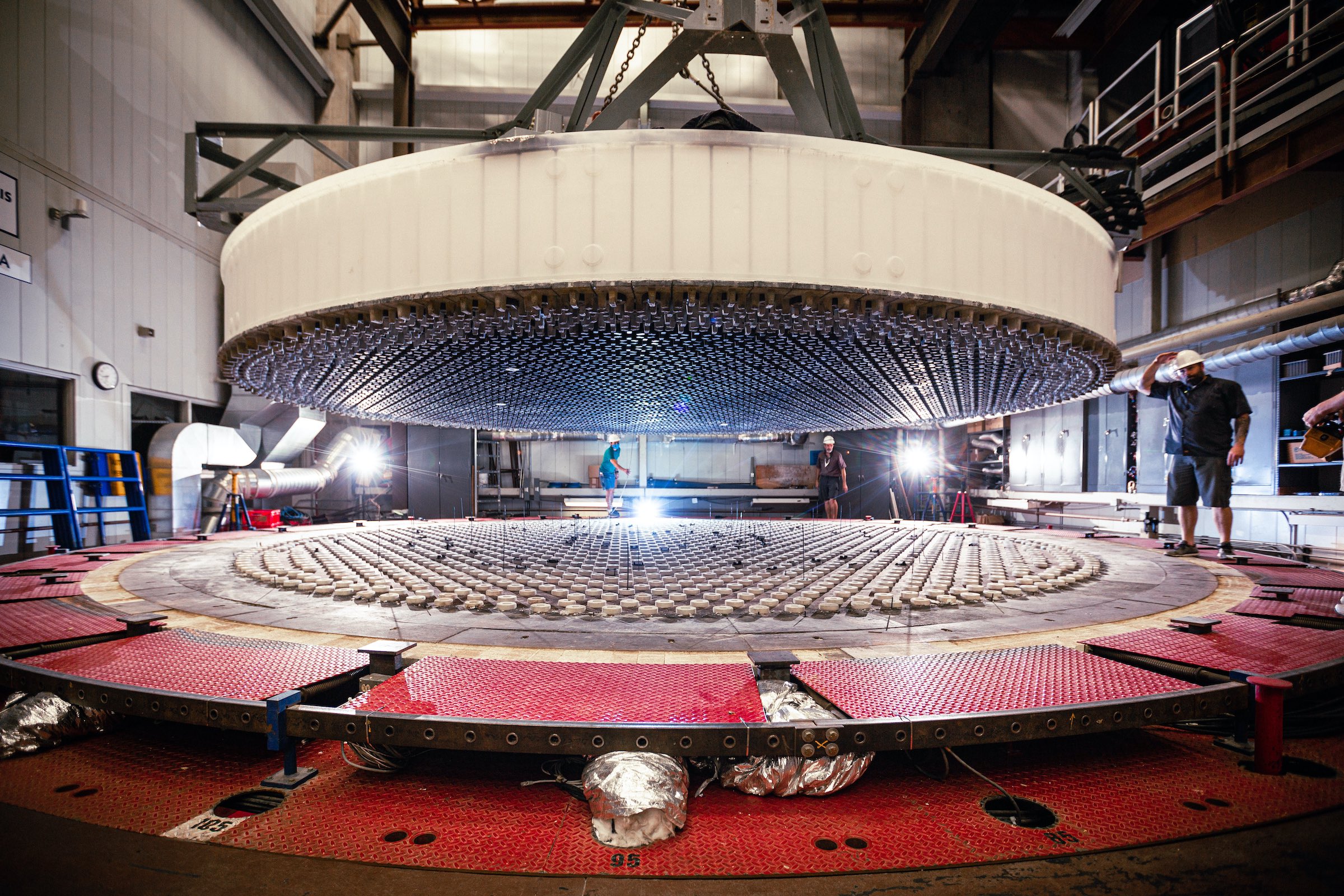
Three months after casting and annealing, the Giant Magellan Telescope’s sixth primary mirror segment was unveiled. The mirror will now undergo inspection and cleaning before being carefully lifted from the furnace floor and moved across the Richard F. Caris Mirror Lab at the University of Arizona into the integration hall for rear-surface generation and eventually polishing.
July
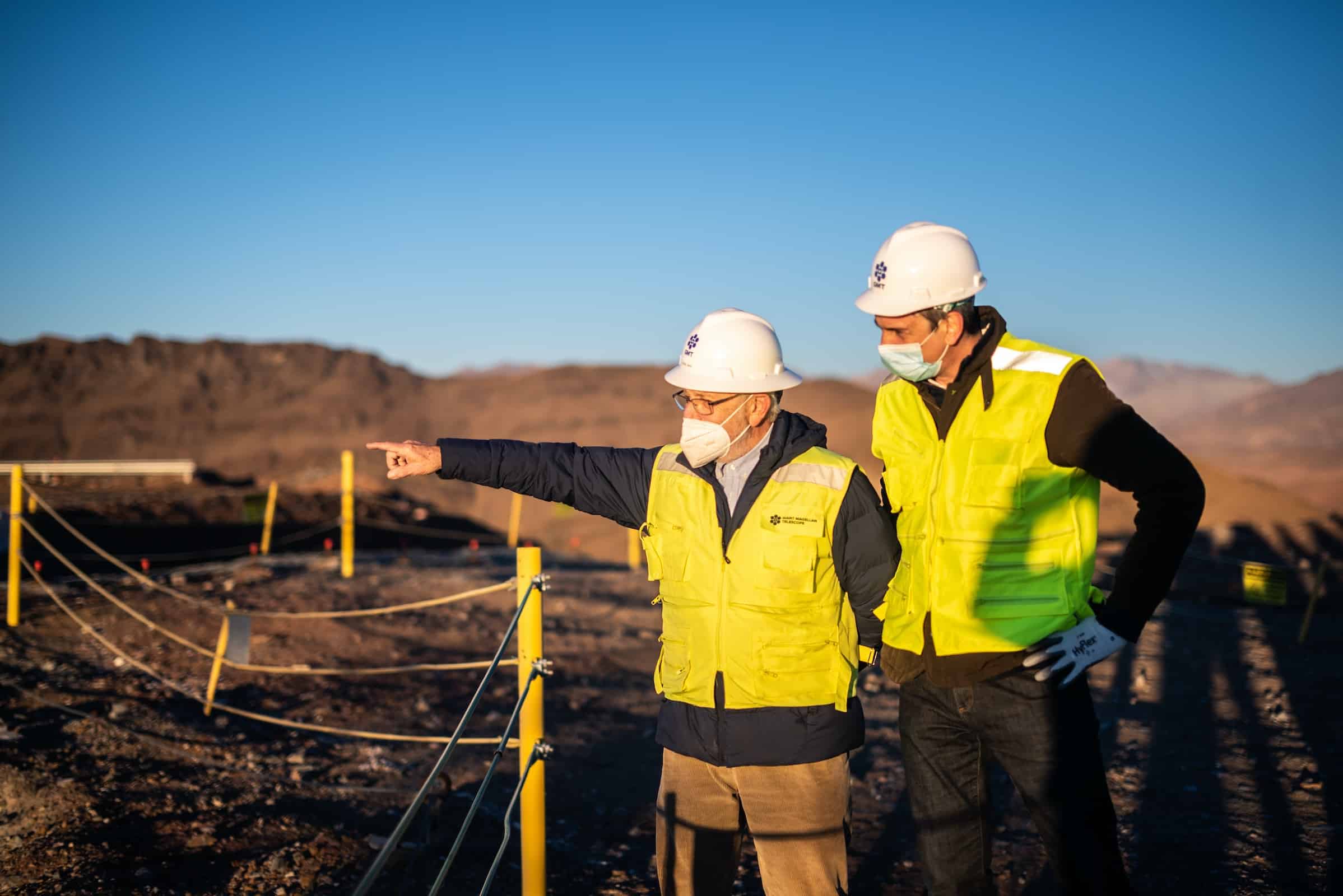
Chile’s Minister of Science, Andrés Couve, visited the Giant Magellan Telescope site at the Las Campanas Observatory for a closer look at construction progress. They were joined by the Seremi of Science of the North Macrozone, Daniela Barría and briefed on the environmental, health, and safety measures taken by our team during the COVID-19 pandemic.
August

The Giant Magellan Telescope site was swept with a rare winter storm in the Chilean Atacama Desert.
September
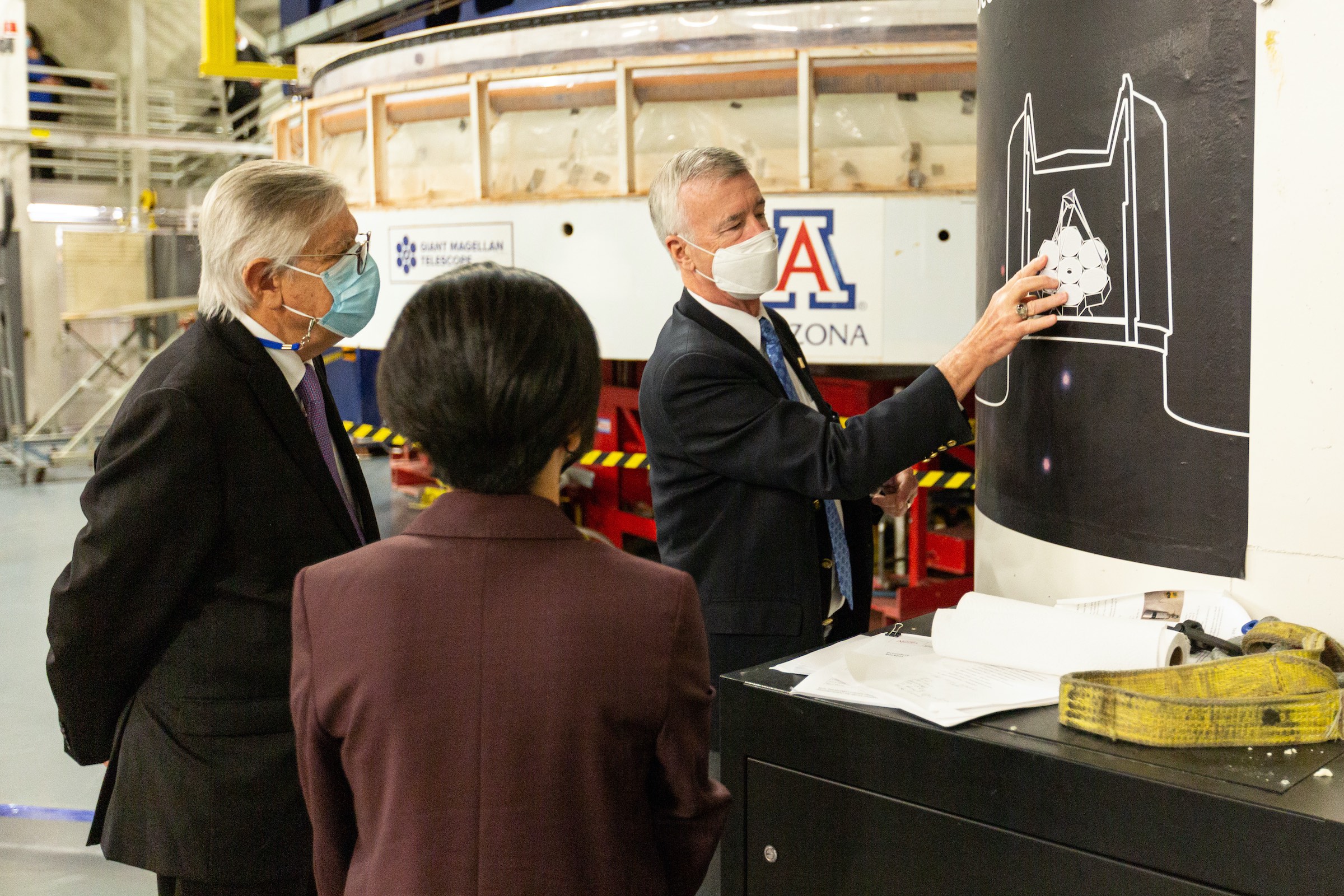
The Chilean Ambassador to the United States, Alfonso Silva, toured of the Richard F. Caris Mirror Lab at the University of Arizona to view how the world’s largest mirrors are fabricated for the Giant Magellan Telescope. Accompanying Ambassador Silva were three journalists from Chile, representing El Mercurio and CNN Chile. The visit was the first time a Chilean diplomat and Chilean Journalists witnessed the crafting of our mirrors firsthand.
October
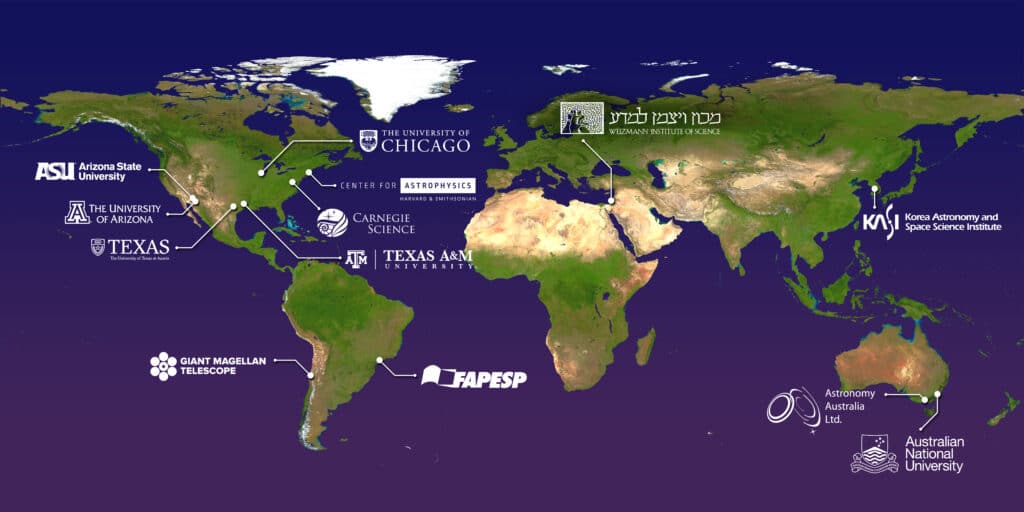
The Giant Magellan Telescope welcomed the Weizmann Institute of Science into its international consortium of universities and research institutions from five countries. Before officially joining, faculty at the Weizmann Institute of Science were already helping to build one of the first scientific instruments for the telescope. The spectrograph will study Earth-like planets around solar-type stars. The new partnership reinforces that completing the largest and most powerful Gregorian optical-infrared telescope ever engineered is a top priority for the global scientific community.
November
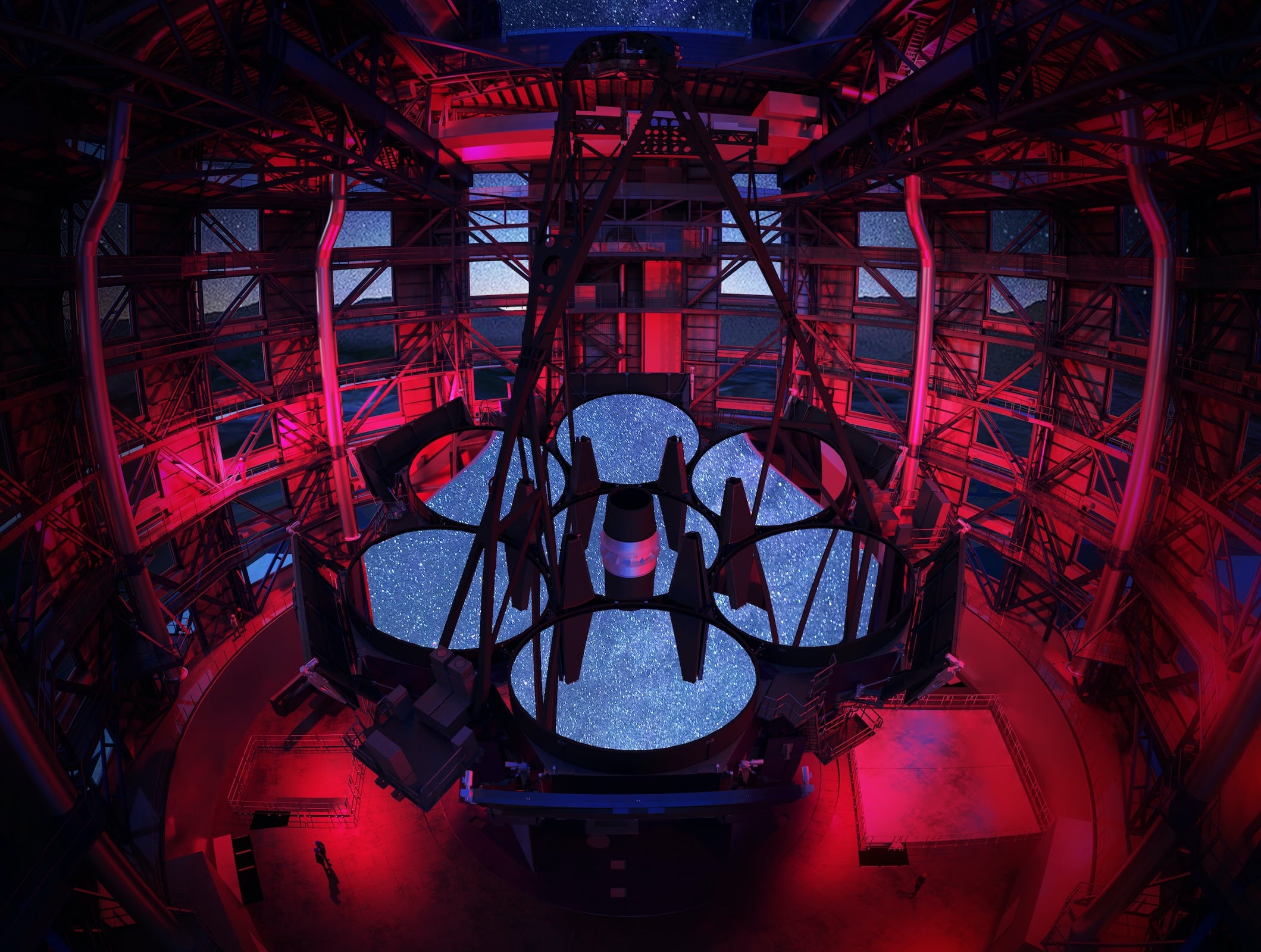
The highly anticipated decadal survey, Pathways to Discovery in Astronomy and Astrophysics for the 2020s (Astro2020), presented comprehensive recommendations for making strategic federal investments critical to achieving transformational advances in US astronomy over the next decade. The report ranked the US Extremely Large Telescope Program (US-ELTP) as the top frontier project for ground-based observatories, recommending federal support for the final construction stages of the Giant Magellan Telescope.
December
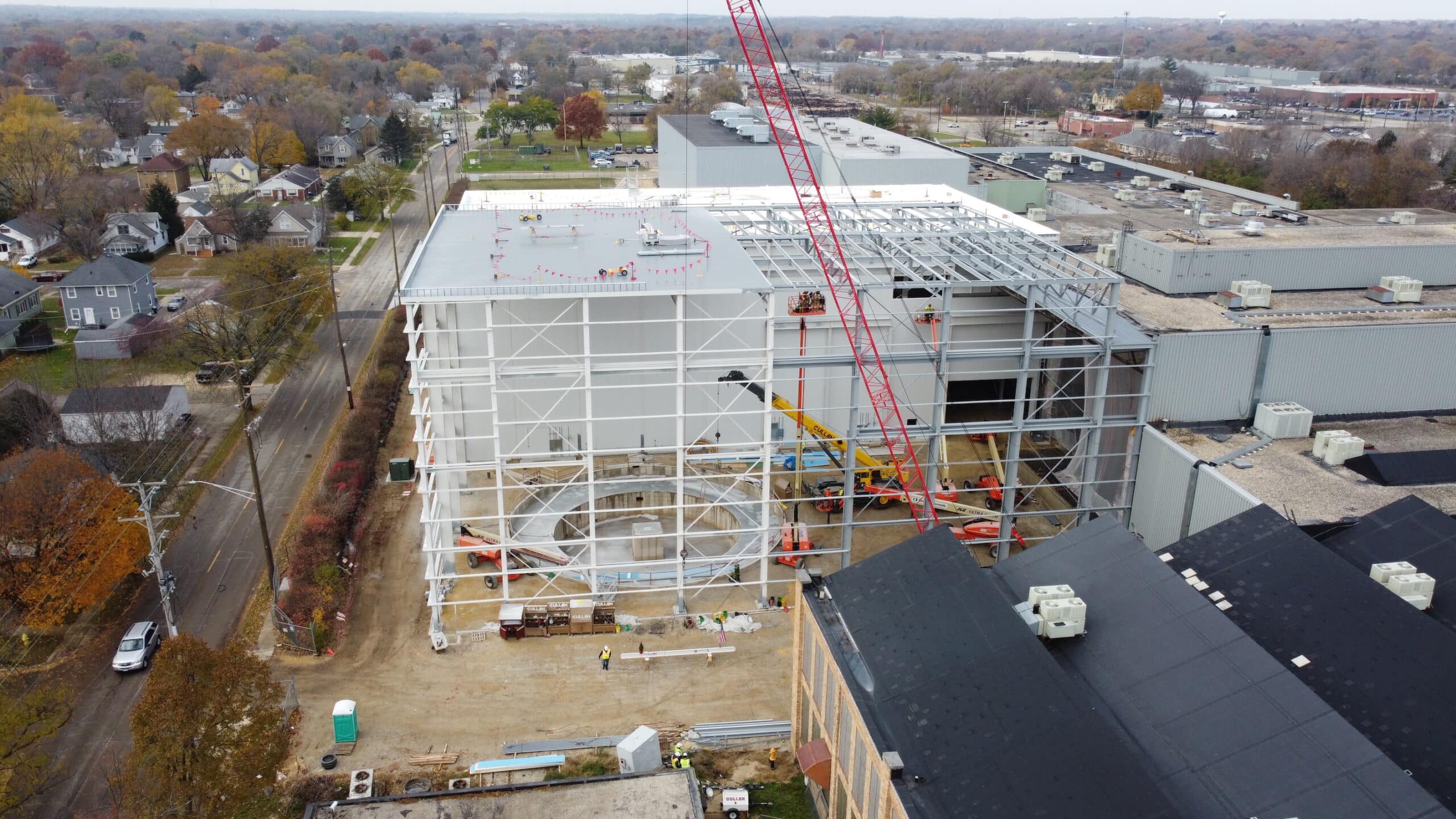
Ingersoll Machine Tools placed the last steel beam on the high-bay manufacturing and assembly space that will fabricate the Giant Magellan Telescope’s 1,800-ton telescope mount. The newly minted buildings are part of a 40,000 square foot expansion of Ingersoll’s Illinois campus that commenced in March 2021.
